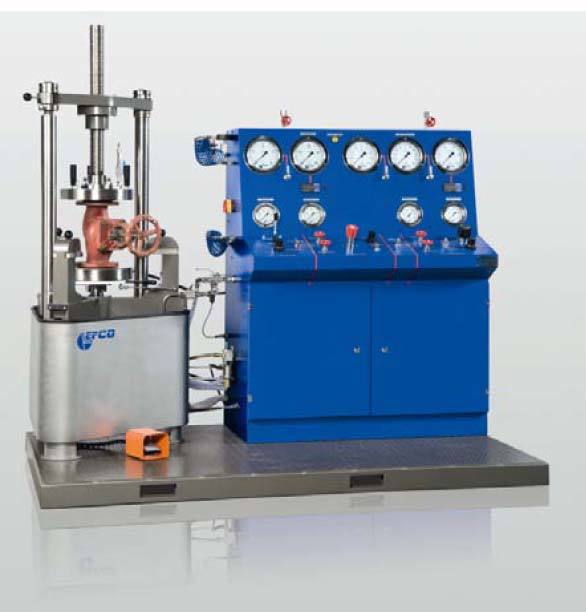BenLaidlaw
Mechanical
Hi all,
I am placement student completing a project for a valve testing facility, where a water system is to fill up valves at low pressure (3-5 bar). The water comes from a large tank through a pump and enters a flanged valve (closed system).
My question is whether running a centrifugal pump repeatedly up until zero flow will have adverse effects on the pump long term.
Ie is it more suitable to use an accumulator in the system to fill up the flanged valve.
Thanks,
Ben
I am placement student completing a project for a valve testing facility, where a water system is to fill up valves at low pressure (3-5 bar). The water comes from a large tank through a pump and enters a flanged valve (closed system).
My question is whether running a centrifugal pump repeatedly up until zero flow will have adverse effects on the pump long term.
Ie is it more suitable to use an accumulator in the system to fill up the flanged valve.
Thanks,
Ben


